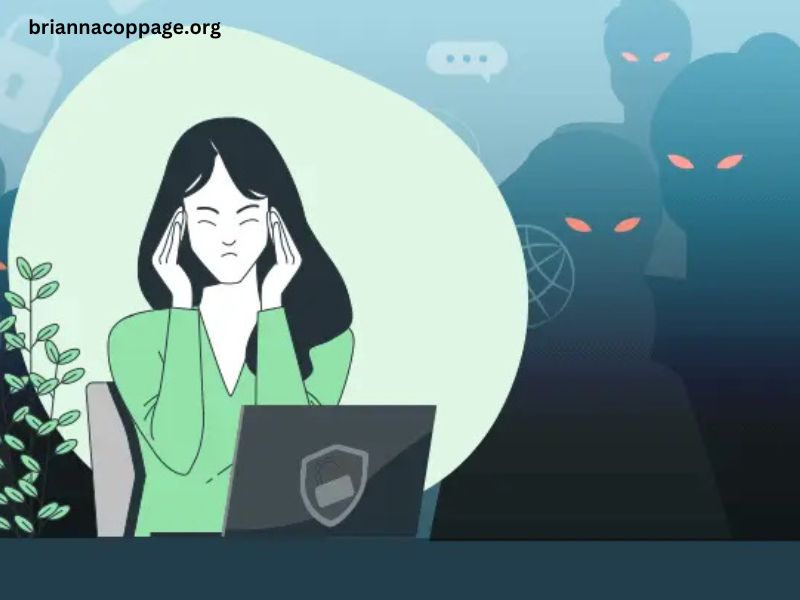Stalking is a serious issue that affects countless individuals, creating fear and anxiety in their daily lives. With the rise of technology and social media, stalking behaviors have evolved, necessitating a multi-faceted approach to combat this troubling phenomenon. In this article, we will explore various Anti Stalking Tactics employed by multiple parties, including individuals, law enforcement, legal systems, and community organizations. Our aim is to provide a comprehensive guide on effective strategies to prevent and address stalking.
Understanding Anti Stalking Tactics
Before diving into tactics, it’s important to understand what constitutes stalking. According to legal definitions, stalking generally involves repeated, unwanted attention or harassment that instills fear in the victim. It can take many forms, including physical following, persistent messaging, and the use of technology to monitor or harass individuals.
The Importance of Multi-Party Involvement
Stalking often requires a collective response from various stakeholders. Individual victims, friends and family, law enforcement, and community organizations each play a crucial role in combating stalking. This collaborative approach not only increases the effectiveness of prevention and response efforts but also provides a support system for victims.
Anti Stalking Tactics for Individuals
1. Recognizing Warning Signs
The first step in addressing stalking is recognizing the signs. Individuals should be aware of behaviors that may indicate they are being stalked. These can include:
- Unwanted phone calls or messages
- Being followed in person or online
- Unexplained gifts or visits
- Signs of surveillance, such as someone watching their home
2. Documentation
Keeping detailed records is essential. Victims should document each incident of stalking, noting dates, times, locations, and descriptions of the perpetrator. This information can be invaluable for law enforcement and legal proceedings.
3. Setting Boundaries
Victims should communicate clear boundaries to the stalker if it is safe to do so. This may involve telling them to stop contacting them and outlining the consequences of continued harassment.
4. Enhancing Personal Security
Individuals can improve their personal safety by:
- Changing locks and securing their home
- Installing security cameras
- Using privacy settings on social media
- Varying daily routines to avoid predictability
Anti-Stalking Tactics for Friends and Family
1. Providing Support
Support from friends and family is crucial for victims of stalking. Listening and validating their feelings can help alleviate some of the emotional burden. Encouraging open communication about their experiences is essential.
2. Helping with Documentation
Friends and family can assist victims in documenting incidents of stalking. They can help by taking notes, recording events, and providing emotional support during legal processes.
3. Encouraging Professional Help
Sometimes, the best support comes in the form of professional help. Friends and family should encourage victims to seek counseling or therapy to cope with the psychological effects of stalking.
Anti-Stalking Tactics for Law Enforcement
1. Training and Awareness
Law enforcement agencies need ongoing training to recognize and effectively respond to stalking cases. This includes understanding the nuances of cyberstalking and how to handle technology-related evidence.
2. Developing Specialized Units
Many police departments are creating specialized units that focus on stalking and domestic violence. These units are better equipped to handle sensitive cases and provide victims with the necessary resources.
3. Implementing Safety Plans
Law enforcement can work with victims to develop personalized safety plans. These plans may include emergency contacts, safe places to go, and strategies to avoid the stalker.
Anti Stalking Tactics for Legal Systems
1. Strengthening Laws
Advocates can work to strengthen laws against stalking, ensuring that they are comprehensive and provide adequate protection for victims. This may involve expanding definitions of stalking to include digital harassment.
2. Providing Resources for Victims
Legal systems should offer resources that educate victims about their rights and the legal process. This includes information about obtaining restraining orders and understanding the implications of stalking laws.
3. Supporting Victim Advocacy Groups
Collaboration between legal systems and advocacy groups can enhance support for victims. These organizations can provide legal assistance, counseling, and resources for navigating the judicial system.
Anti Stalking Tactics for Community Organizations
1. Awareness Campaigns
Community organizations play a vital role in raising awareness about stalking. Educational campaigns can help inform the public about the signs of stalking and the resources available for victims.
2. Providing Safe Spaces
Organizations can create safe spaces where victims can seek help and support. These spaces should offer confidentiality and access to resources such as counseling and legal assistance.
3. Collaborating with Local Authorities
Building partnerships between community organizations and local law enforcement can enhance responses to stalking cases. Together, they can create programs that educate the public and provide support to victims.
Leveraging Technology for Anti Stalking Tactics
1. Reporting Apps
Several apps are available that allow individuals to report stalking incidents quickly and efficiently. These apps can also provide resources and support networks for victims.
2. GPS Tracking
In some cases, victims may choose to use GPS tracking to monitor their surroundings and ensure their safety. This technology can help victims provide evidence of harassment.
3. Social Media Monitoring
Victims should be proactive about monitoring their social media accounts for signs of stalking. This includes regularly checking privacy settings and reporting any suspicious activity.
Conclusion
Stalking is a complex issue that requires a comprehensive approach to prevention and response. By understanding the various Anti Stalking Tactics employed by multiple parties—individuals, friends and family, law enforcement, legal systems, and community organizations—we can create a safer environment for everyone. The collaboration between these groups is essential in not only protecting victims but also in fostering a culture that does not tolerate stalking in any form.
By remaining vigilant and proactive, we can combat stalking effectively and ensure that victims receive the support they need. Whether through education, improved laws, or community support, every effort counts in the fight against stalking. Together, we can make a difference and help victims reclaim their lives.






